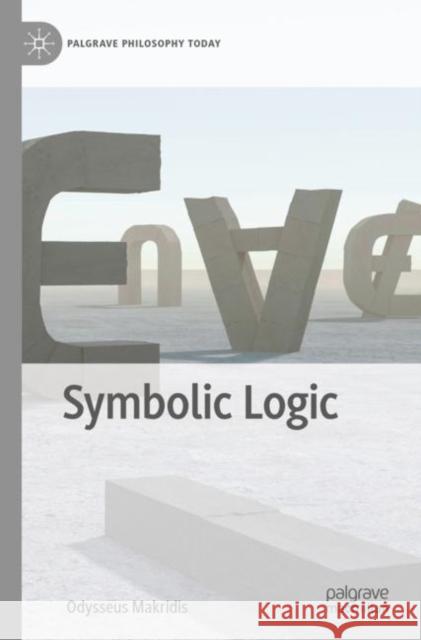Symbolic Logic » książka
topmenu
Symbolic Logic
ISBN-13: 9783030673956 / Angielski / Miękka / 2022 / 500 str.
Kategorie BISAC:
Wydawca:
Springer Nature Switzerland AG
Seria wydawnicza:
Język:
Angielski
ISBN-13:
9783030673956
Rok wydania:
2022
Wydanie:
2022
Numer serii:
000451278
Ilość stron:
500
Waga:
0.69 kg
Wymiary:
23.39 x 15.6 x 2.57
Oprawa:
Miękka
Wolumenów:
01
Dodatkowe informacje:
Wydanie ilustrowane











